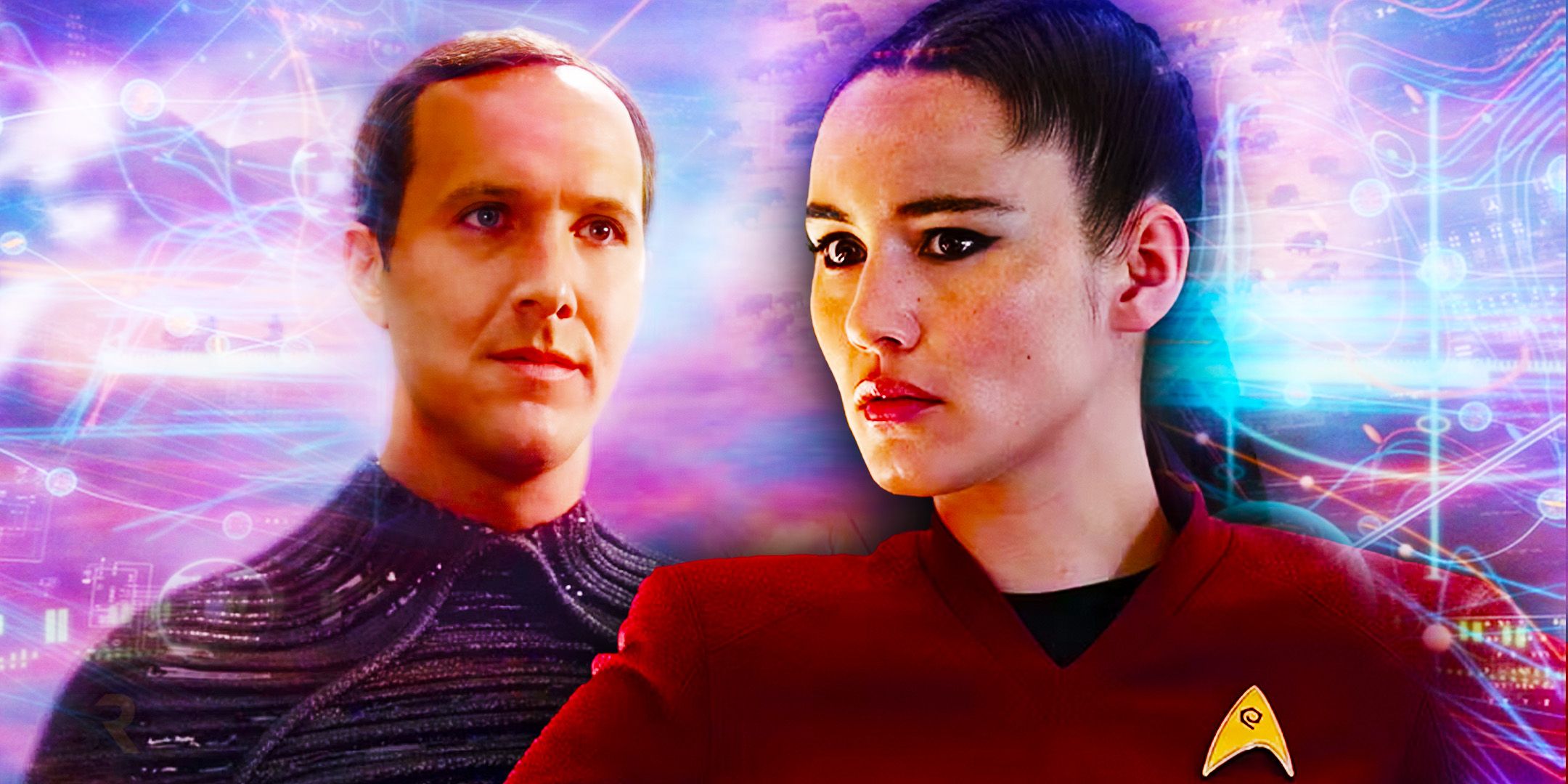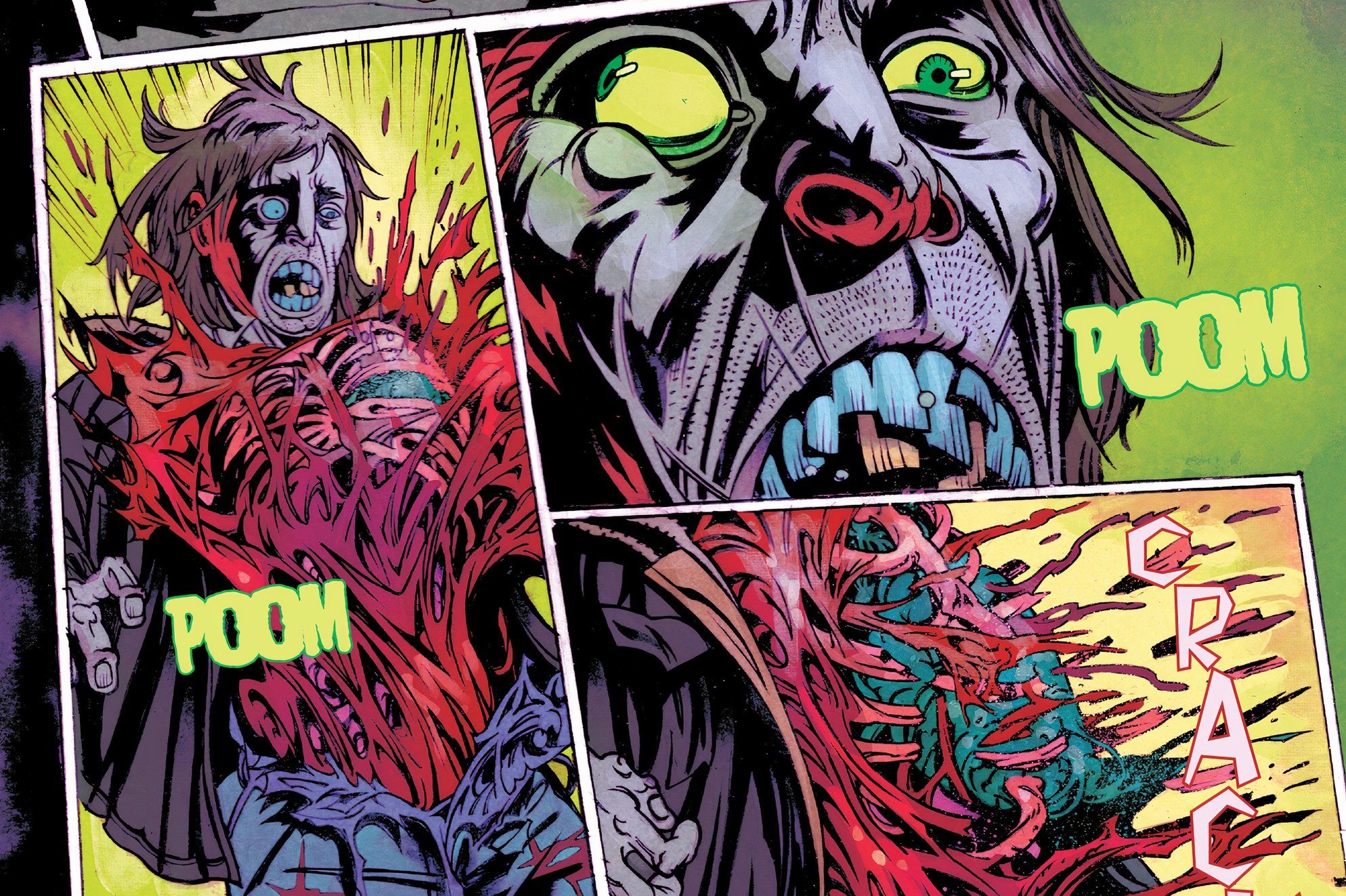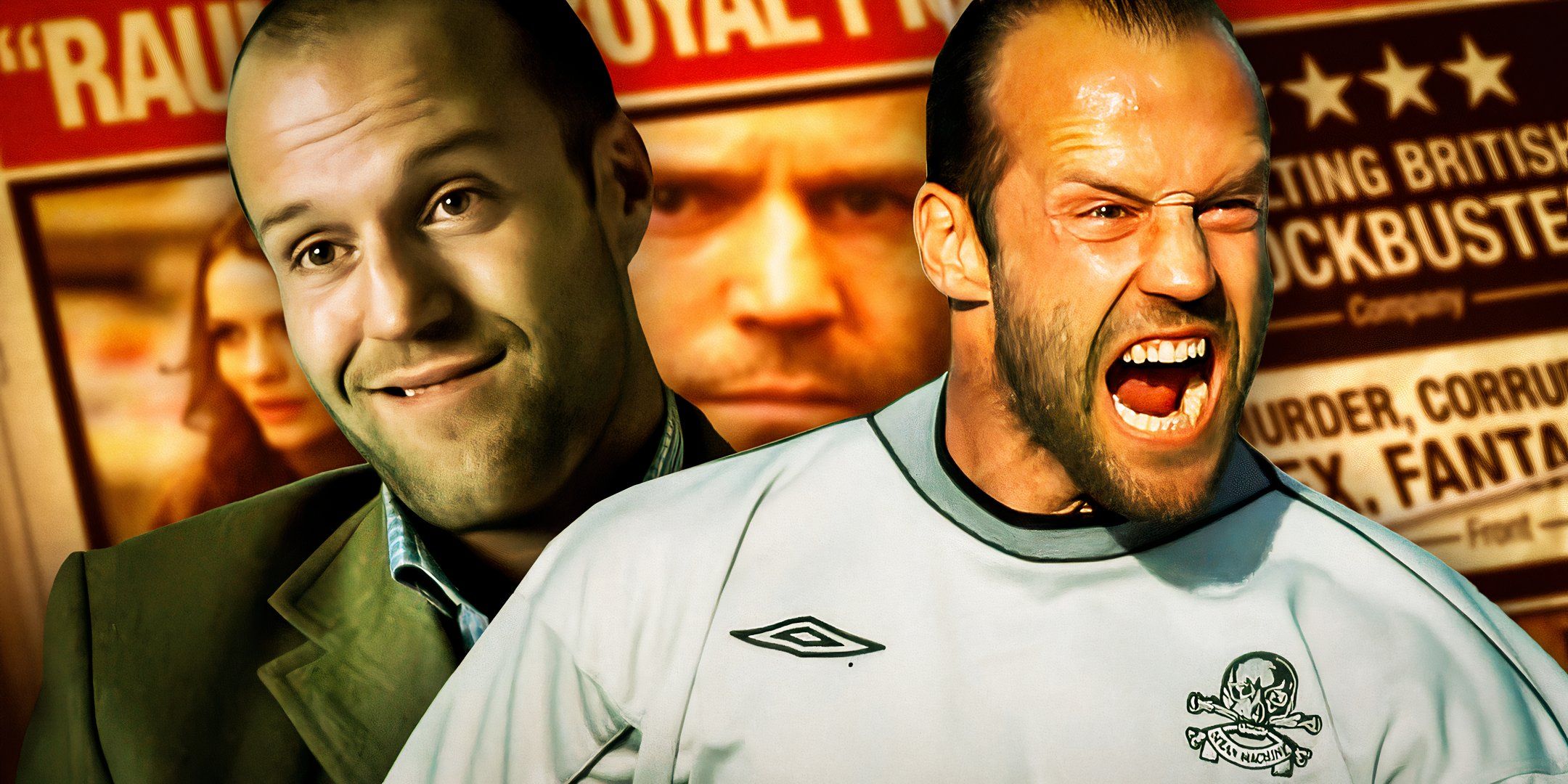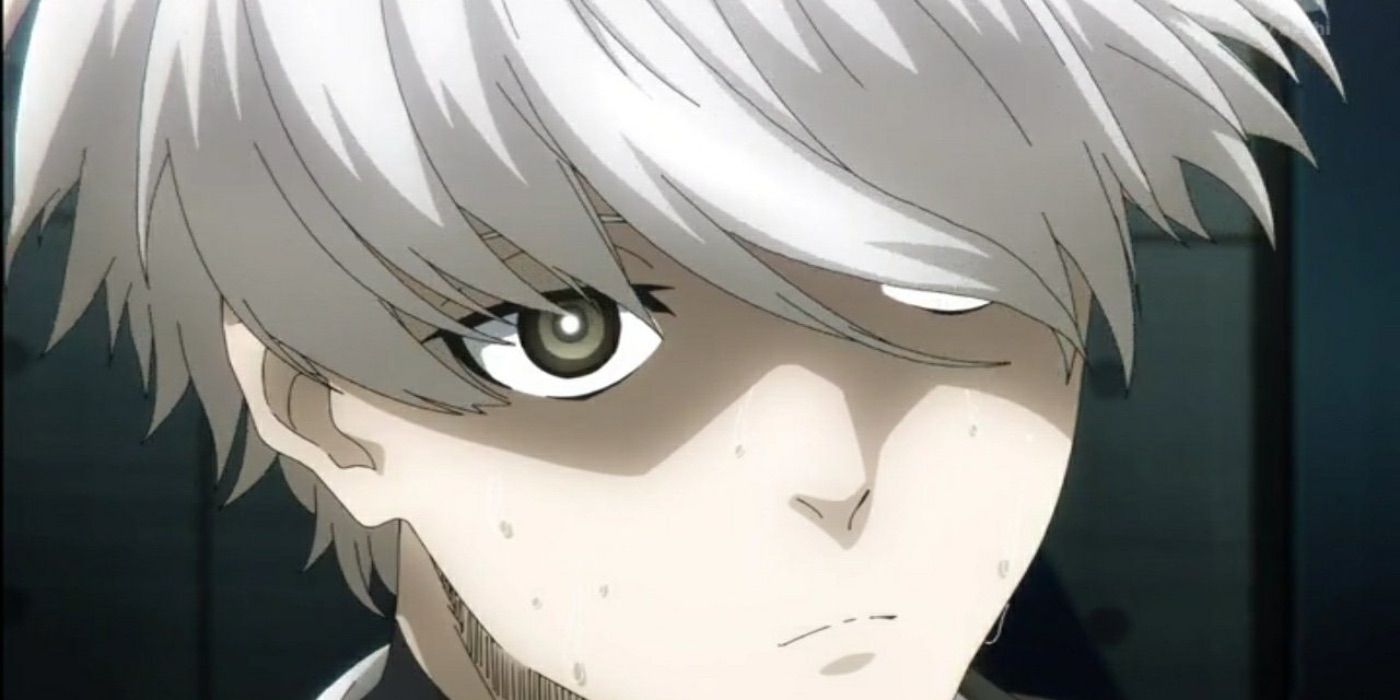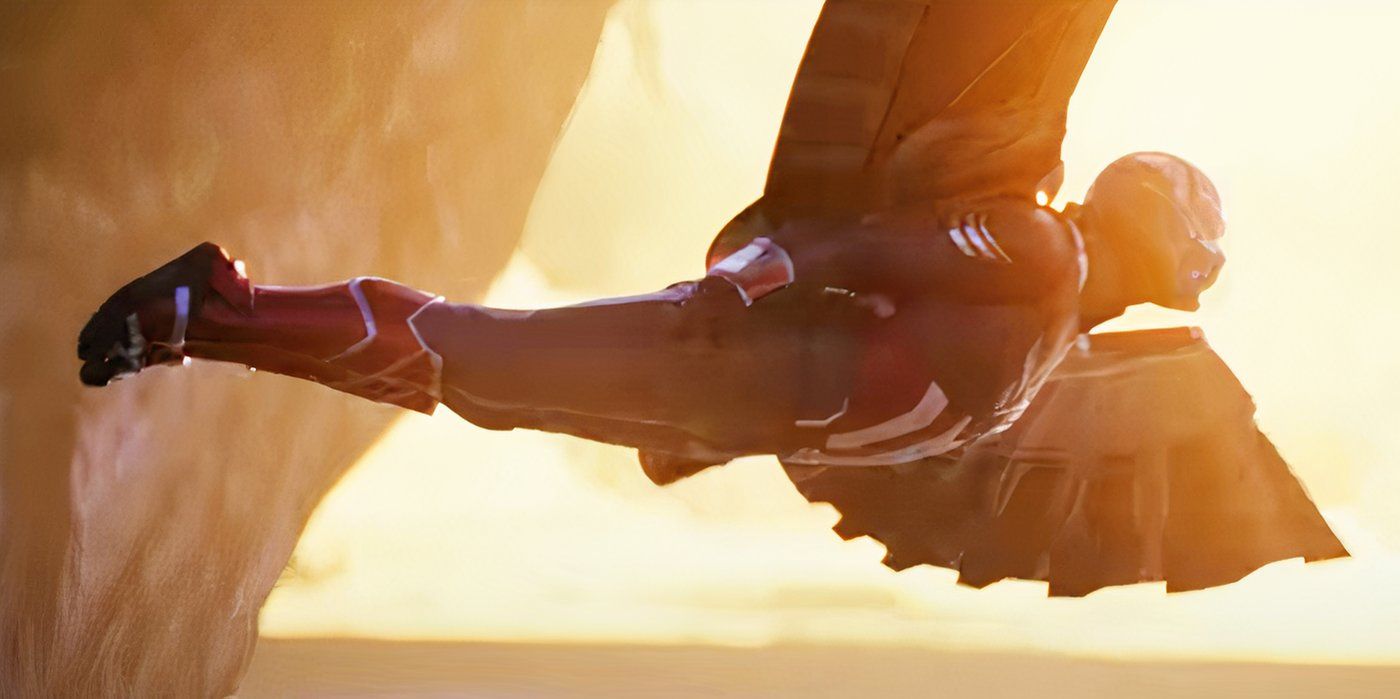The Nintendo Switch remains one of Nintendo’s biggest successes as the hybrid console-handheld system is doing great despite going onto its fifth year. The last year saw new installments in franchises like Pokémon, Kirby, and Wario. It’s pretty fitting, as all of these series began on Nintendo’s original handheld, the Game Boy.
The Game Boy is often considered a bit of an underdog despite being a revolution in handheld gaming. Its successor, the Game Boy Color, is usually considered to have better games but the original shouldn’t be underestimated, though. It has games with great graphics and gameplay that are still impressive to look at even now.
Faceball 2000 (1991)
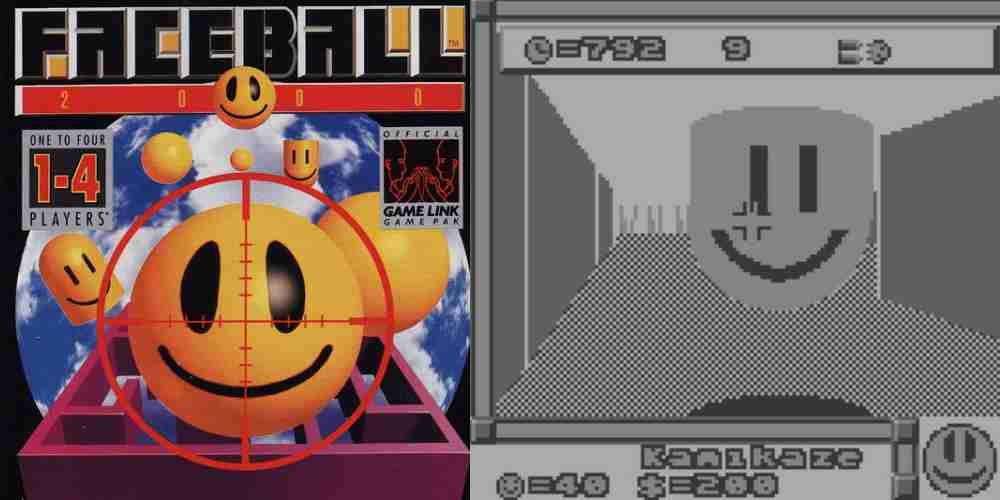
This Game Boy title began life as a completely different game called MIDI Maze. It was developed by Xanth Software for the obscure Atari ST Personal Computer. It came out in 1987 as one of the earliest examples of the first-person shooter and was still technically impressive even when ported to the Game Boy as Faceball 2000.
The player navigates a simple 3D maze made of untextured walls. The enemies and bullets are similarly simply rendered, being smiley faces and balls respectively. The port was praised for having more complex enemy AI than the original and a two-player mode. While it’s nothing compared to modern shooters, it’s incredibly impressive for the Game Boy to run it.
Mega Man V (1994)
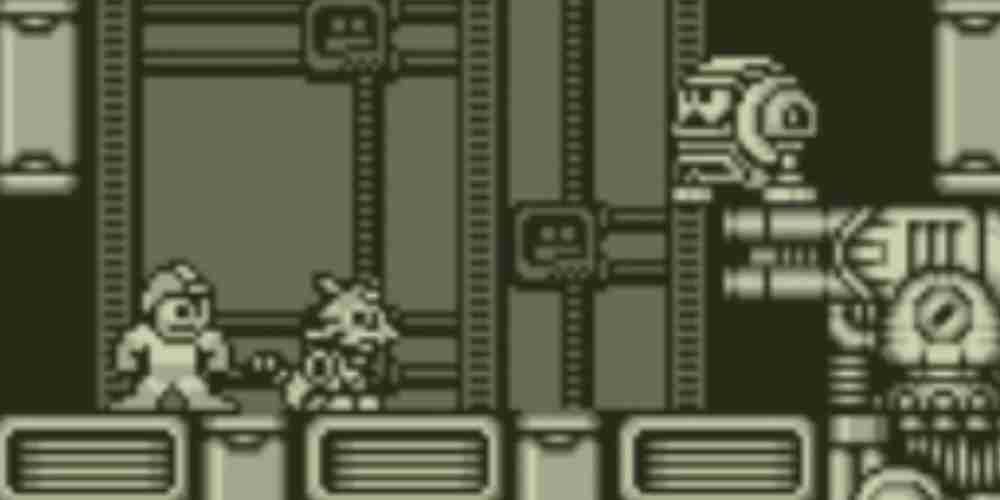
The Mega Man games on the Game Boy are fun, but most of them might be confusing to fans. Despite having the same names as the NES titles, 1-4 on Game Boy are actually new games featuring older Mega Man bosses. Players might be frustrated with these remixes and crave a fully original experience. Mega Man V is just that, featuring a unique plot and mechanics.
The plot sees Mega Man taking to the stars to fight a new variety of space-themed robots. There are also new mechanics, like the new Super Arm Weapon and it introduced the robotic cat Tango, who would go on to become a mainstay. The game is arguably just as good as the NES classics, if not more unique than most of them.
Gradius: The Interstellar Assault (1991)
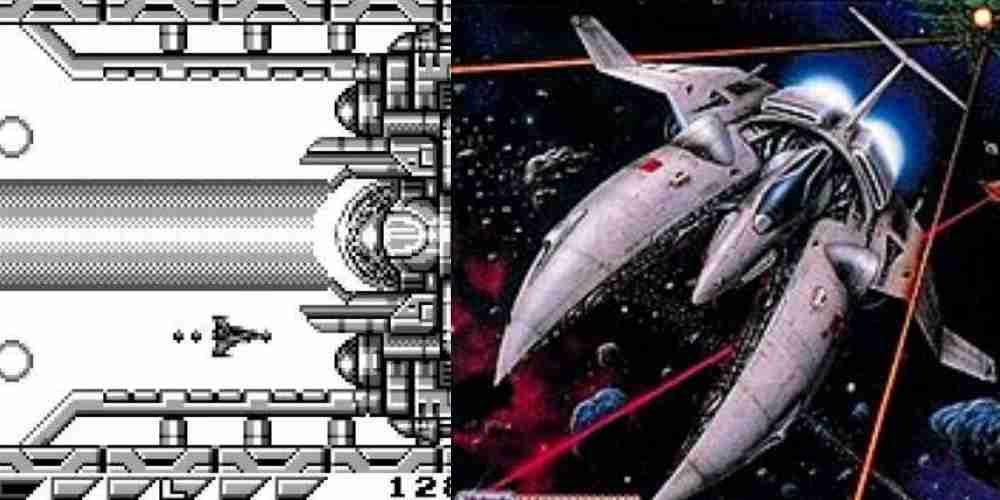
The Gradius series is the king among the shoot-em-up genre of games. It’s known for its approachable yet difficult side-scrolling shooting action, with complex power-ups and boss fights. It was one of the earliest games to incorporate weak points and options into gameplay. Given how technically demanding the series is, it’s surprising to learn it has two Game Boy installments.
The second of these, The Interstellar Assault (AKA Nemesis II), is definitely the more technically impressive. The game replicates the arcade shooting with very little slowdown. In fact, the game features power-ups that speed up gameplay instead. Other than the color palette, the game is basically identical to the franchise’s other offerings.
Kirby’s Dreamland 2 (1995)
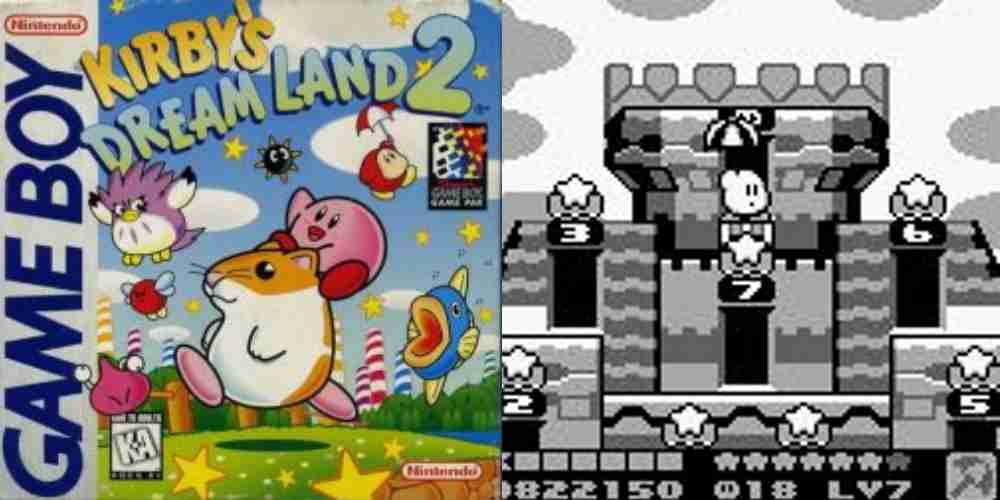
The Kirby series actually began on the Game Boy with the original Kirby’s Dreamland. While it is the highest-selling game in the series, the sequel is perhaps more impressive than the original. It brings in Kirby’s copy ability from the NES Game. It also features a bigger selection of levels than the original game.
It looks much better graphically than its predecessor as backgrounds have a good deal of shading and detail that wasn’t present before. The final battle even incorporates some scrolling elements. The biggest draw, though, is that Kirby has three new animal friends in this game that come with their own abilities.
Kid Dracula (1993)
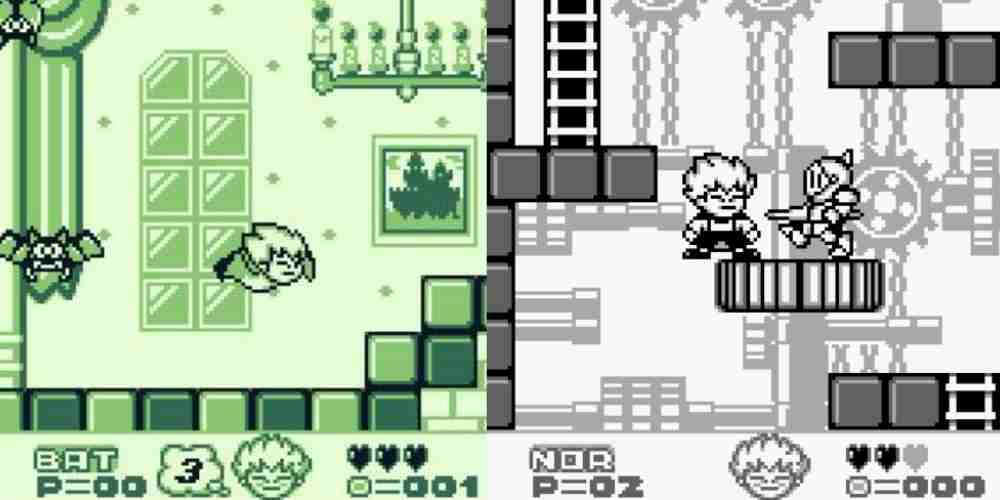
The iconic Castlevania is known for the Belmont family legacy, featuring a suite of different protagonists. Kid Dracula is pretty unique among Castlevania games, though, as the player controls Dracula’s son instead. Whether this character is the famous Alucard is vague, but that’s irrelevant. The game is a great classic Castlevania experience while still maintaining a unique cartoon charm.
This has a much cuter art style and sensibility than other Castlevanias. There are more traditional Castlevania games on Game Boy, like The Adventure. These games are rather sluggish, though. Kid Dracula is much more fast-paced, with tough bosses and no lost gimmicks or ideas from the mainline titles, even if it’s a bit silly.
V-Rally Championship Edition (1998)
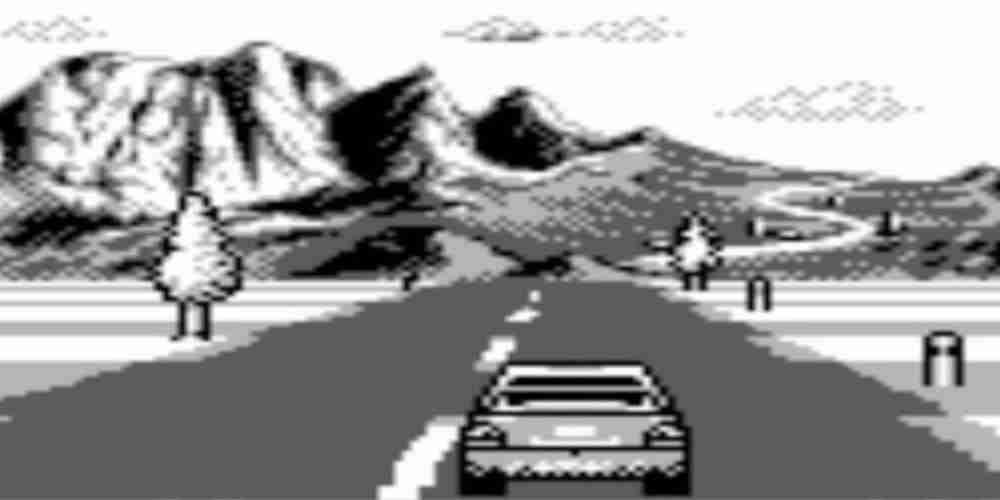
V-Rally was first released as a racing game on the original Playstation. It spawned a pretty popular series on the console, but it also had a port on the Game Boy, of all things. Championship Edition even featured the Arcade and Championship modes from the console release.
The thing that really makes it stand out, though, is its pseudo-3D graphics. It feels similar to games like SEGA’s Outrun but has a more convincing depth of field. There are four cars and 10 tracks to choose from. An updated version was released on Game Boy Color, but it isn’t backward compatible with the original Game Boy version for multiplayer.
Wario Land 2 (1998)
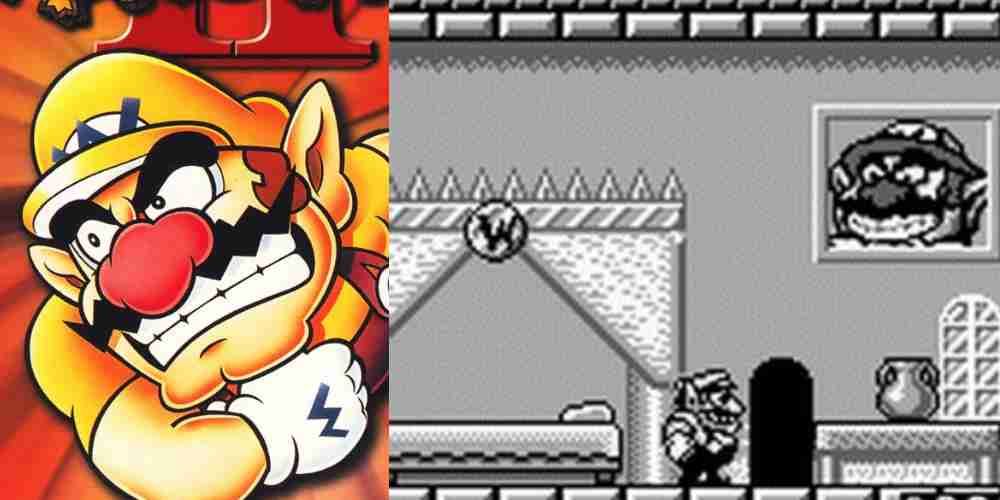
Wario debuted on the Game Boy in Super Mario Land 2. That game is fantastic, but the character came into his own in the Wario Land series. There were two Wario Land games on the original Game Boy, but the sequel is more impressive as it completely re-imagined the gameplay of the series.
Wario cannot be harmed and die from damage in this title, merely being impeded by enemy attacks. This turns the game into a dynamic puzzle game. Wario transforms and reacts to enemy attacks in tons of fun and complex ways. The game also features charming visuals that made it one of the best-looking games on the original Game Boy.
Donkey Kong Land (1995)
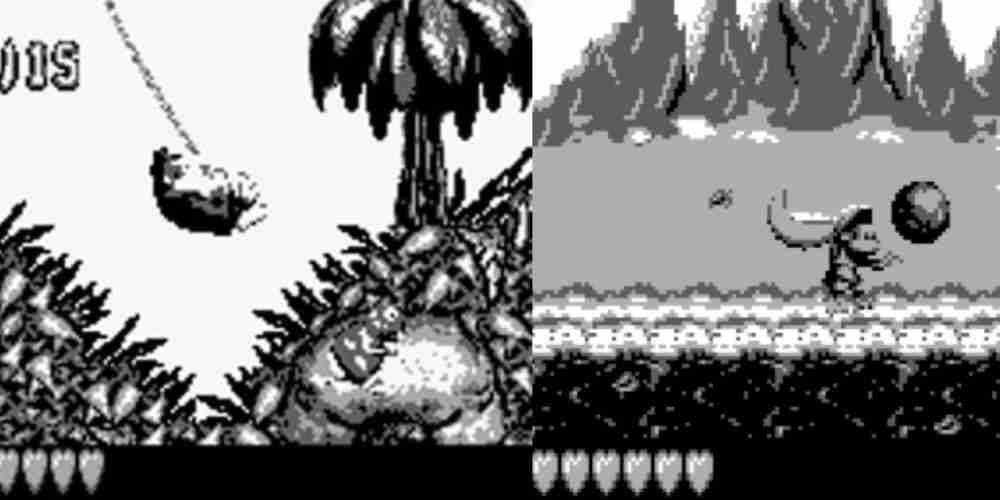
The Donkey Kong Country series was one of the best on the Super Nintendo as it featured revolutionary graphics and sound for the time. Somehow, developers at Rare managed to take those qualities and put them on the Game Boy. The Donkey Kong Land series was a series of ports/sequels of the SNES games that reused a lot of similar ideas.
This isn’t a bad thing, as those games were iconic for a reason. Some technical compromises had to be made though, like removing the ability to control two Kongs at once. The levels are often different as well, making it a unique DK experience that fans should try if they haven’t.
Samurai Shodown III (1996)
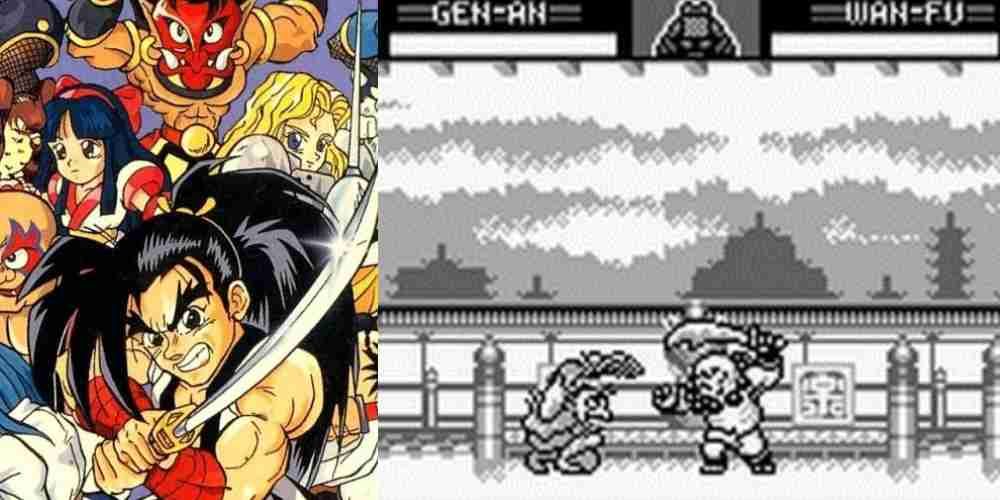
This game was only released in Japan, given the publisher SNK’s financial troubles at the time. It’s a shame it didn’t, though, as it’s one of the most impressive games on the handheld. Samurai Shodown is a fighting game franchise known for its tight control and precise gameplay. Despite being on a handheld, it mimicked these things well.
Ironically, while console versions of III are known for their high slowdown, it isn’t as bad on Game Boy. This is impressive given that the game includes violent blood effects absent from most portable versions. The game does have a smaller roster than other versions, but also adds in the extra character Jubei. It’s a curiosity to be sure, but definitely an impressive one.
X (1992)
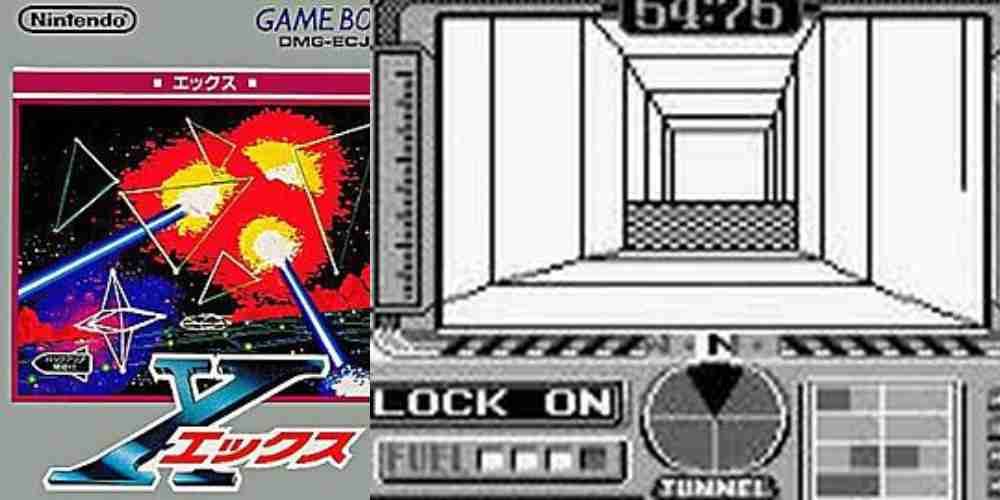
Released in 1992, X was a space-shooting game developed in part by Argonaut Games, the creators of Star Fox. It was one of the earliest attempts to bring 3D graphics to the handheld. The player looks out of a cockpit at a series of vector-based 3D levels. Stages had a variety of objectives, like defeating enemies or securing specific control points.
While these missions can be tough for the player (cast in the role of a trainee pilot for the VIXIV spaceship), the radar makes it a lot easier. There are 10 missions and the player can receive star ratings on each of them. The game did receive mixed reviews at the time for its intense difficulty. The graphics, sound, and especially music were all heavily praised, though, making this Japan-exclusive title one of the most unsung heroes of the platform.
